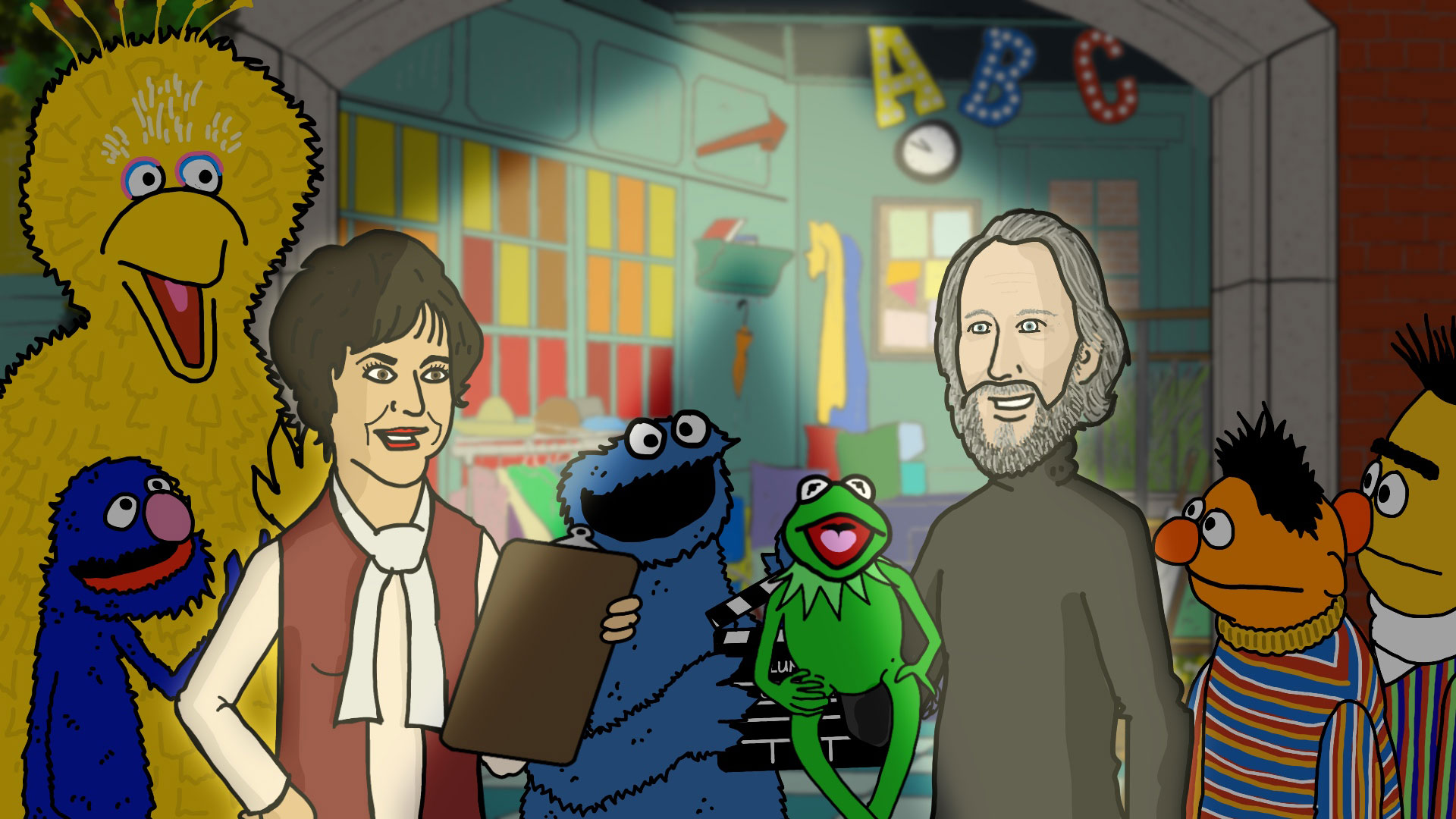5 Lessons in Social Content You Can Learn From Sesame Street
The legendary show's playbook for engagement
My two young daughters love Sesame Street. I love it, too, albeit in a thinky-brand-planner-strategist kind of way. After all, a stunning amount of work went into bringing this legendary show to life in its early years—and that work has kept it fresh in the 50 years since. More importantly for us: You can steal plenty of pages from Sesame Street’s playbook when it comes time to plan social content for your brand. Five lessons:
Treat each platform as a variety show.
Did you know Sesame Street’s structure was inspired by short, 30-second bursts of advertising? The variety of short-form content kids were seeing in commercial breaks kept them captivated, and the creators of Sesame Street saw an opportunity. As you plan your brand’s social content, think of each platform as a variety show. Develop a group of recurring themes or segments, each laser-focused on a specific objective, collectively working toward a macro goal. Sesame Street’s “Letter of the Day” teaches kids the ABCs. “Elmo’s World” fosters exploration, imagination and curiosity. “Monster Foodie Truck” demystifies where food comes from. These segments (and more) come together to achieve the goal of preparing children for school. Think about some specific objectives your brand has, and how the right segments can hit them, collectively working toward a larger goal.
Embrace experimentation.
Sesame Street has a culture of experimentation; there’s a running joke at Sesame Workshop that every season since the first one has been “experimental.” The show has never settled for merely teaching fundamentals like literacy and numeracy. In 1969, it tackled diversity and inclusion—a groundbreaking decision at the time. Other successful experiments introduced regular segments on disabilities, executive function, self-regulation, persistence and delayed gratification. Once your initial explorations yield promising content streams for your platforms, don’t stop experimenting. Reserve a bit of bandwidth to regularly test out new content. You can weed out what’s not working, and double down on what is.
Know your audience(s).
“Sesame Street is the most extensively researched television program in history,” according to The Sesame Effect, a 2016 collection of essays from the team behind the show. “Every season, [they] conduct extensive research and tests to assess how and what children should be learning.” You don’t need to go to the extremes that Sesame Workshop does, but set aside time one to four times a year to explore the audience you’ve cultivated on each of your platforms. Peruse the built-in analytics of your platforms. Take time to read POVs and listen to podcasts about social media trends. Invest in efficient qualitative research to hear firsthand how your audience is using social media. Gather all of your learnings, and see how your past social content aligns. If there are major disconnects, schedule a content strategy work session with your team.
Think theatrically.
Jim Henson recognized the rectangular confines of a television screen made a perfect stage for puppet theater. With the right background— i.e., a cozy street corner in New York City—he could bring his muppets to the foreground, and craft a vast supply of content. Social media posts are rectangles, too. For some of your segments/themes, identify (or build) some visually compelling backdrops you can leverage again and again. You can then focus on the foreground aspects (like interesting people, products or objects), and save time and money. Just remember: You’re building a variety show, and fresh content is an important part of the mix.
Don’t wing it.
Casual observers might assume it’s easy to throw together new episodes now that they’ve been doing it for 50+ years. On the contrary, Sesame Street is a high-stakes, meticulously planned operation. Trust us; they’re not winging it. Just because consumers are making up their social content as they go along doesn’t mean brands should do the same. We at Illuminator regularly preach “All social is paid social,” as the halcyon days of free organic growth are over. You need to plan social content with the same precision you would any other paid media. That means planning, concepting and producing content in batches, and constantly observing and optimizing.
If your brand could use some help crafting a killer social media strategy and leveling up your creative output, we’d love to chat. (We can discuss our favorite Muppets, too.)



 Events
Events
